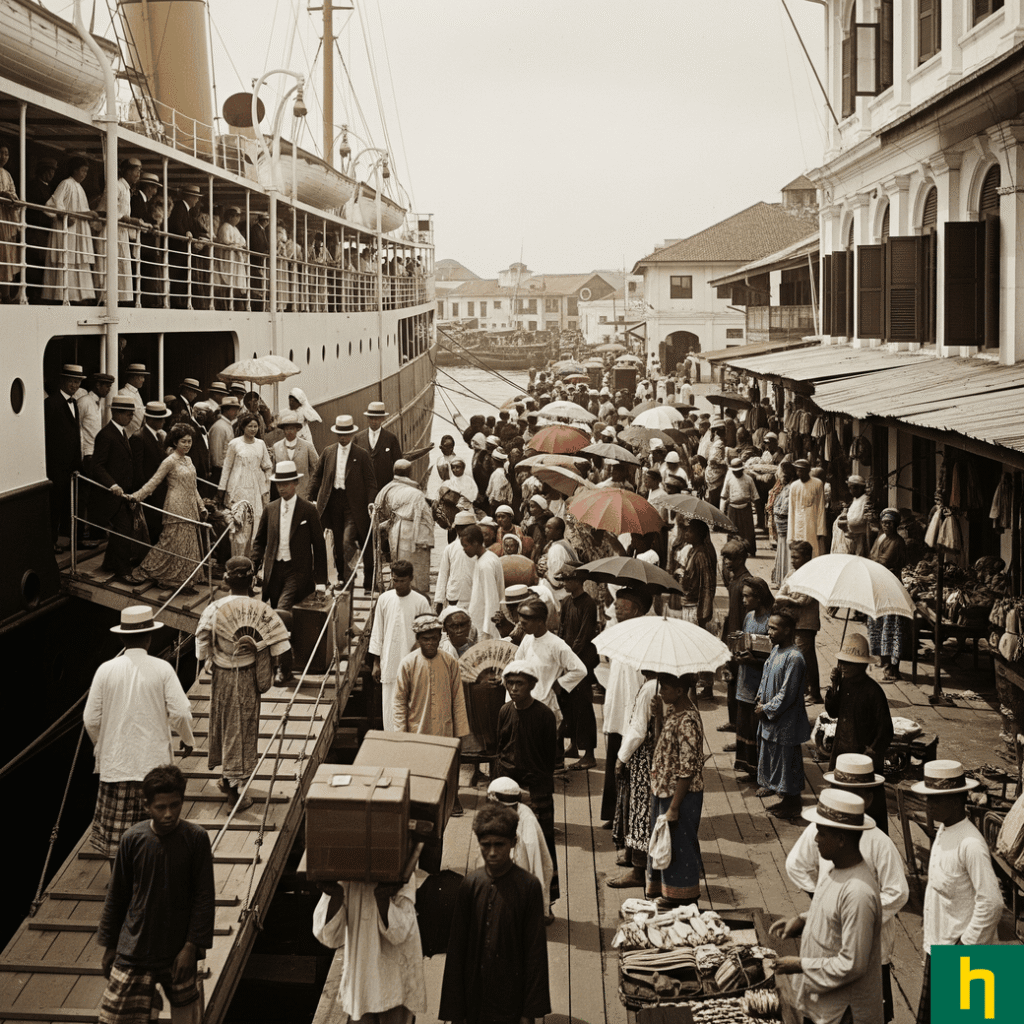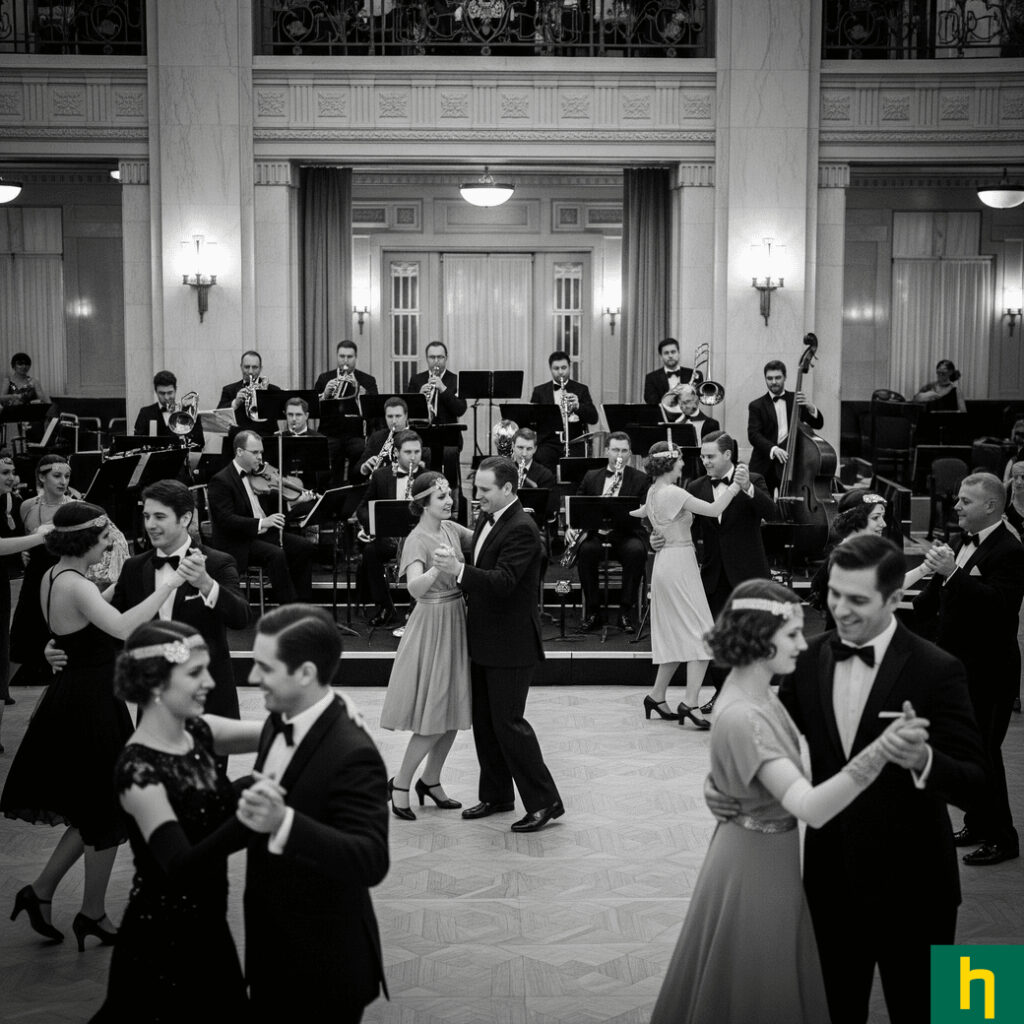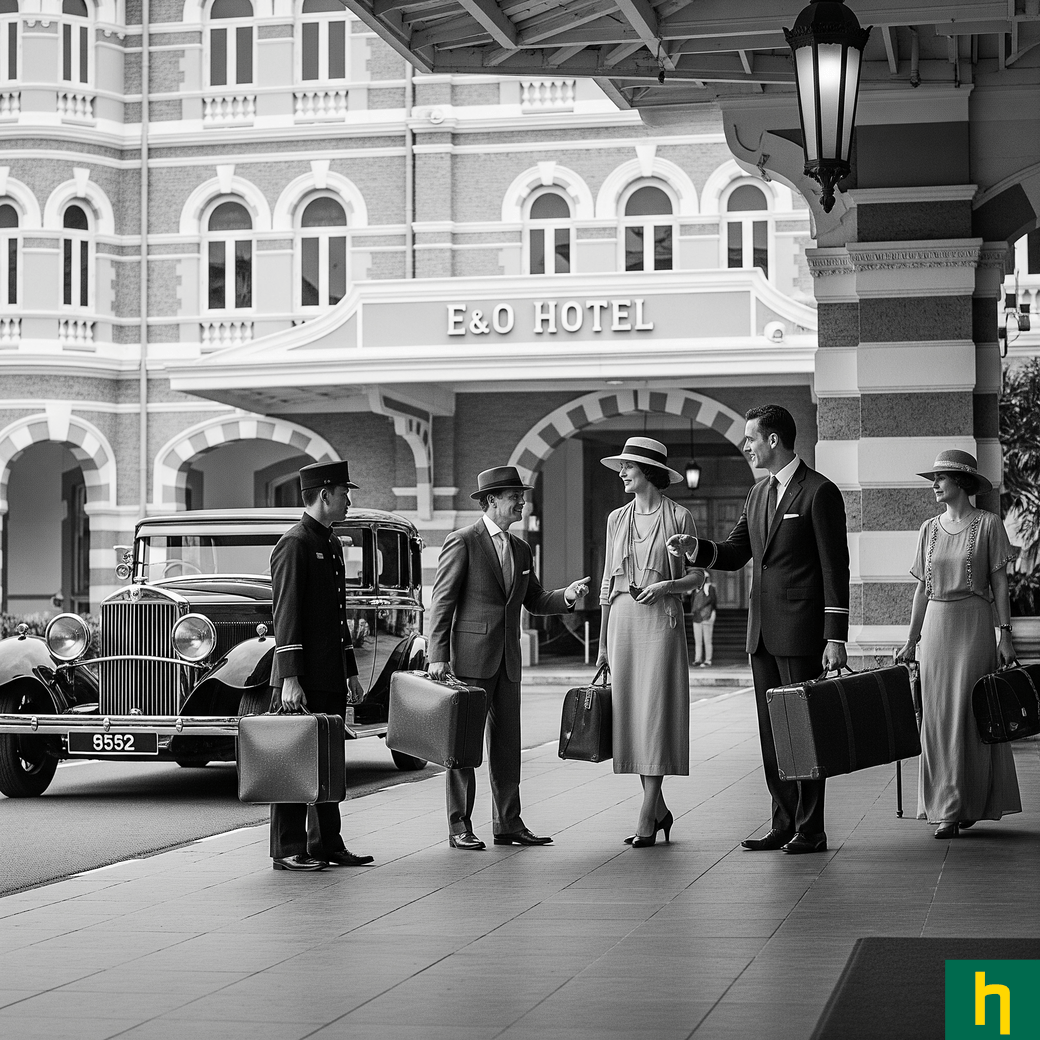The E&O Penang is one of the premier heritage hotels in South East Asia. Famous guests have included Somersaut Maugham and Charlie Chaplin. Often referred to as the Grand Dame of Heritage hotels, its history is one worthy of telling.
It begins with the Sarkies family — an affluent trading family established in Isfahan in modern-day Iran. With the overland silk trade routes no longer busy and with the opening of the Suez Canal, it meant many things to many people; to Tigran Sarkies, it meant opportunity.
Bypassing the Cape of Good Hope, ships could now go from the Mediterranean to Asia in a fraction of the time before. And with the advent of steamships, travel became that much faster still.
The decline of the overland Silk Road and the opening of the Suez Canal prompted a migration of Armenians, including the Sarkies, to new, burgeoning destinations in India and Far East Asia.
Orang Sarkies

Tigran Sarkies arrived on Penang Island in 1869, seeking new fortunes. He understood that the lands east of the Suez Canal were poised for an explosion of growth. A significant gap existed in the market: a lack of quality accommodations. Asian hotels of the time, even with a basic “Asia style shower,” paled in comparison to the luxurious establishments found in London and Paris.
The Sarkies were not hoteliers. This lack of conventional training likely proved to be their strength, allowing them to break rules and forge their path. Their Persian connections enabled them to import caviar and other fine trimmings, elevating the standard of luxury to levels never seen in the East. In Malaya, they became known as “Orang Sarkies,” a play on words of the Bahasa Melayu term”Orang Saki” referring to one of the indigenous tribes of Malaya. The locals came to see the Sarkies as their own – the quintessential native hoteliers of the Malay peninsula. Their hotel empire would flourish for almost half a century, giving them celebrity status.
The Birth of the E&O Hotel, George Town
Penang, in particular, was one of the destinations that benefited from this new trend in tourism. Sophisticated travellers demanded sophisticated lodgings; the days of the adventurous explorer sleeping in the jungle were giving way to an era where tourism itself became a mainstream pursuit for the rich.
Tigran Sarkies was schooled in Calcutta before arriving in Penang. He found a welcoming community among the Armenian diaspora on the island. In 1884, at the age of 23, he established himself in property management. His first venture into hospitality came with an investment in the Eastern Hotel on Light Street, where he became the manager.
Soon after, his older brother Martin arrived, acquiring a separate property on Farquhar Street and naming it the Oriental. Their younger brother, Aviet, then took over the management of this new acquisition.
A pivotal moment arrived in 1889. Following a dispute over the expansion of the Eastern Hotel, the brothers decided to consolidate their efforts. They focused entirely on the Oriental, undertaking significant refurbishments and rebranding it as the Eastern & Oriental (E&O). Aviet and Martin were instrumental in the hotel’s new design, which blended neo-classical grandeur with subtle Asian influences. In its early days, the E&O was a relatively humble establishment, with just 30 rooms and a single dining room featuring 12 tables, a stark contrast to its more famous sister property, the Raffles Hotel in Singapore.
Arshak Sarkies: The Visionary Host of the E&O Penang

Martin eventually left the business, and the youngest brother, Arshak Sarkies, took over management. Arshak had already gained experience with a year at the Raffles, and his vision truly shaped the legendary E&O as we know it today.
Under Arshak’s guidance, the hotel expanded to two stories, eventually boasting 70 rooms and 25 suites. The dining room became a focal point. Arshak possessed a natural flair for the social aspects of hospitality. He added an impressive ballroom, quickly transforming the E&O into the latest hangout for Penang’s elite, hosting grand dances for guests, lavish weddings, and becoming the epicentre of high society.
The hotel’s fame grew, attracting a stellar list of guests, including giants like Noel Coward and Rudyard Kipling. The EO penang proudly used the slogan: “The Premier Hotel East Of Suez.” To further enhance its standing, the hotel even boasted its very own orchestra, and it expanded its prime seafront location, which further enhanced its appeal. The magnificent Victory Annex, built in 1918, epitomised the hotel’s prime in the early 1920s, featuring live music and dancing girls in the style of the Jazz Age (though developers sadly demolished it in 1981).

The E&O Hotel Decline and Rebirth
Despite Arshak’s prowess as a host and his extravagant tastes, his business acumen was unfortunately lacking. The hotel struggled to turn a profit, as he would give away rooms to friends and allow them to run up large bar tabs. When Arshak passed away in 1931, the hotel became insolvent, leaving his Singapore business partner with significant debts. The partner, Marty Rose Arathoon, continued to operate the hotel until the outbreak of World War II.
In 1933, the Raffles Group briefly acquired the E&O, but by 1938, the wealthy Penang-based Choong family bought it. The hotel changed hands again in 1951. Choong Eng, an English-educated businessman with a deep appreciation for colonial architecture, became the next owner. However, the 1960s proved challenging for Malaysia, with widespread worker union strikes crippling the hotel industry. The E&O struggled on under various owners, each with grand visions that unfortunately failed to materialise.
Finally, in 1994, a property consortium purchased the hotel for 60 million Ringgit. This marked a turning point, as extensive refurbishment of the E&O was undertaken and completed in 2001.
This breathed new life into the historic grand dame, ensuring its continued legacy as a beacon of luxury in Southeast Asia.
The E&O’s story is a compelling one of ambition, luxury, and resilience, reflecting not just the fortunes of a single family but also the dynamic evolution of travel and hospitality in the East.
The Eastern & Oriental Hotel of yesteryear was a pioneering establishment, a beacon of luxury in an East just opening its doors to a new wave of privileged travellers. It was a place where Arshak Sarkies’ grand vision came to life, hosting the likes of Rudyard Kipling and Noel Coward, and earning the coveted moniker, “The Premier Hotel East Of Suez”.
The E&O Hotel Penang Today

Today, the E&O maintains its revered status, a “Grand Dame” of heritage hotels. It has navigated two World Wars, the wane of the British Empire, and the birth of Malaysia. While the flamboyant style of Arshak Sarkies’ era is long gone, the spirit of unparalleled hospitality endures. The extensive refurbishments have blended elegance with modern conveniences. Guests today enjoy amenities like high-speed Wi-Fi, fully-equipped fitness centres, and multiple dining options, while surrounded by the classic architecture, polished marble floors, and bellhops that evoke a bygone era.
What makes the E&O still so revered today is its commitment to preserving history and identity. It’s not just a hotel; it’s a tangible link to Penang’s colonial past and the golden age of travel.
As you’ve journeyed through the history of the E&O, from its legendary beginnings to its enduring grandeur, perhaps you’re now envisioning your chapter within its storied walls. Discover how you can experience this iconic piece of heritage and hospitality firsthand.
E&O Penang History FAQs
Who founded the Eastern & Oriental Hotel in Penang, and what is their legacy?
The Eastern & Oriental (E&O) Hotel was founded by the famous Sarkies Brothers, a family of Armenian hoteliers. They established the hotel in 1885 and are also renowned for founding other luxury colonial hotels in Southeast Asia, including the Raffles Hotel in Singapore and The Strand in Yangon, leaving a lasting legacy of opulent hospitality.
What distinguished the E&O Hotel during its golden age?
During its golden age in the early 20th century, the E&O was promoted as “The Premier Hotel East of the Suez.” It was celebrated for its luxurious accommodations, being the social hub for Penang’s elite, and for having the world’s longest hotel seafront. The hotel also attracted a stream of famous guests, including literary giants and celebrities like Rudyard Kipling and Charlie Chaplin.
What role did the Sarkies brothers play in the hotel’s success and eventual decline?
The Sarkies Brothers, particularly Arshak Sarkies, were instrumental in the hotel’s success, expanding it and making it a symbol of colonial luxury. However, Arshak’s poor financial management and the onset of the Great Depression led to the hotel’s insolvency. After Arshak’s death, the E&O changed hands multiple times and went into decline until its eventual restoration.
When was the E&O Hotel restored, and what was the purpose of the restoration?
The E&O Hotel underwent a major restoration and refurbishment in the late 1990s, reopening to the public in 2001. The purpose of this extensive project was to restore the hotel to its original grandeur while adding modern amenities. A more recent restoration of the Heritage Wing was completed in 2019, further cementing its status as a “grand dame of heritage hotels.”
How is the E&O Hotel’s history preserved and showcased today?
The E&O Hotel underwent a major restoration and refurbishment in the late 1990s, reopening to the public in 2001. The purpose of this extensive project was to restore the hotel to its original grandeur while adding modern amenities. A more recent restoration of the Heritage Wing was completed in 2019, further cementing its status as a “grand dame of heritage hotels.”
How is the E&O Hotel’s history preserved and showcased today?
Today, the E&O Hotel preserves its rich history through its colonial architecture, vintage furnishings, and a photo gallery in the lobby showcasing its past and famous guests. The original Heritage Wing features historical elements like the manually operated lift, while the more modern Victory Annexe is designed to complement the hotel’s rich heritage with a more contemporary feel

